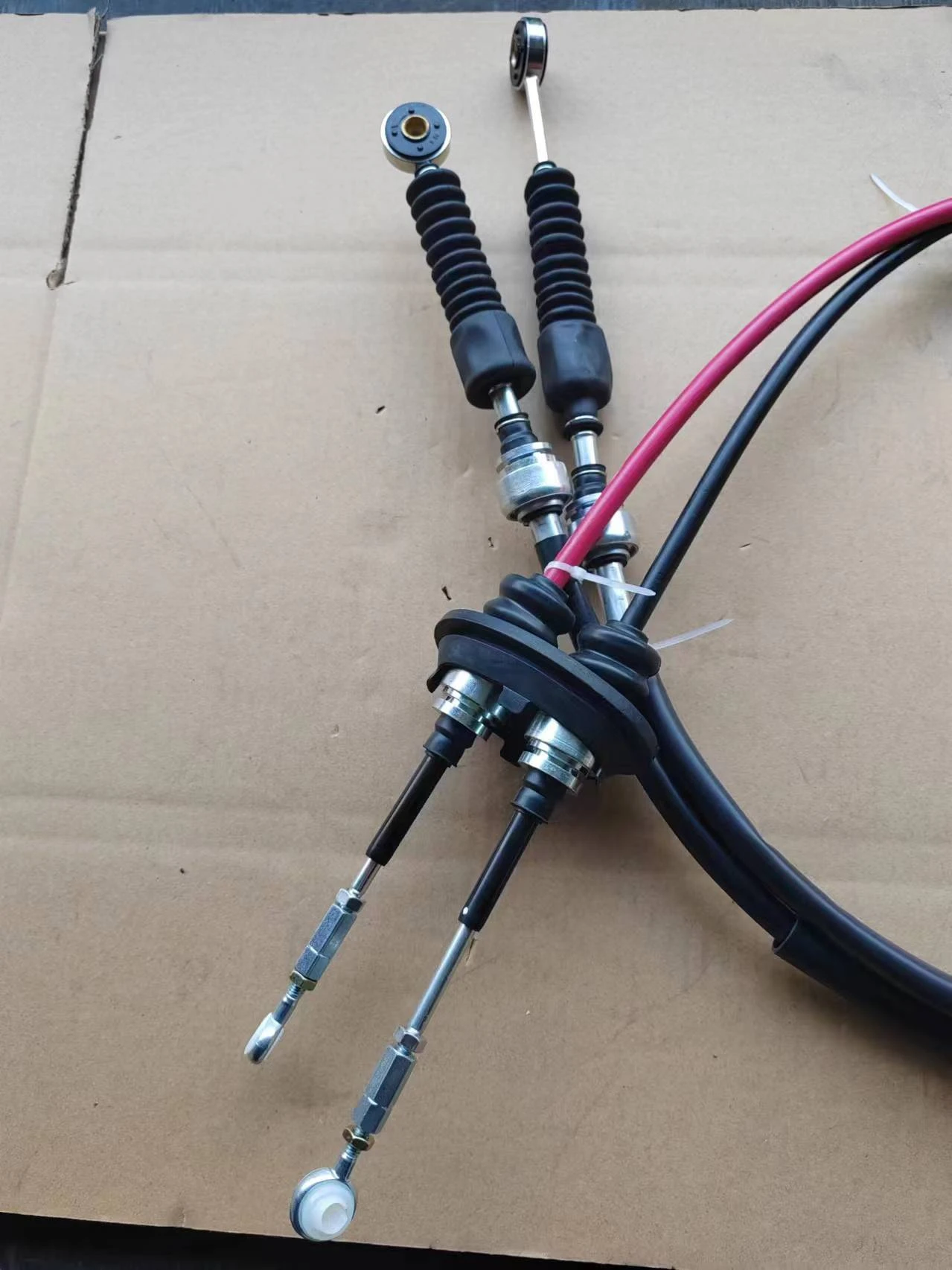gas pedal and throttle cable
Gas Pedal and Throttle Cable The Heart of Vehicle Acceleration
In the world of automobiles, the gas pedal and the throttle cable play pivotal roles in controlling the speed and acceleration of a vehicle. While modern vehicles increasingly incorporate advanced technologies such as drive-by-wire systems, the fundamental principles behind gas pedals and throttle cables remain integral to understanding vehicle mechanics.
The gas pedal, also known as the accelerator pedal, is the driver's primary interface for controlling a vehicle's acceleration. When a driver presses the gas pedal, it sends a signal—whether mechanical, electrical, or both—to increase the engine's power output. The design and responsiveness of the gas pedal are crucial for a smooth driving experience. Overly sensitive pedals can lead to jerky acceleration, while pedals that require excessive pressure may prove challenging, especially in stop-and-go traffic situations.
Traditionally, the relationship between the gas pedal and the throttle was established through a physical connection known as the throttle cable. The throttle cable is a wire that runs from the gas pedal to the throttle body of the engine, which regulates the air and fuel mixture entering the combustion chamber. By pulling or pushing the throttle cable, the driver controls the amount of air the engine receives, resulting in increased or decreased power output.
However, the evolution of automotive technology has significantly impacted the function and design of these components. With the advent of electronic throttle control systems, many modern vehicles have replaced the traditional throttle cable with electronic sensors and actuators. In these systems, pressing the gas pedal sends an electronic signal to the engine control unit (ECU), which then adjusts the throttle position accordingly. This transition enhances acceleration response, fuel efficiency, and overall vehicle performance. Additionally, it enables advanced features such as cruise control and traction control that rely on precise management of engine power.
gas pedal and throttle cable

Regardless of the system in place, the importance of a well-functioning gas pedal and throttle system cannot be overstated. Malfunctions in either component can lead to significant driving issues, ranging from reduced performance and fuel efficiency to complete loss of throttle control—situations that can be dangerously unexpected for drivers.
Routine maintenance is essential to ensure the reliability of the gas pedal and throttle cable systems. For vehicles with a throttle cable, regular inspections should be conducted to check for fraying, corrosion, or binding. A malfunctioning throttle cable can lead to unintended acceleration or sluggish response, which can pose a hazard on the road.
In contrast, vehicles equipped with an electronic throttle control system can benefit from diagnostic testing to identify potential issues with the sensors or the ECU. This digital approach allows technicians to swiftly pinpoint problems, reducing the time required for repairs and minimizing the impact on vehicle performance.
As automotive technology continues to advance, the role of the gas pedal and throttle control systems is likely to evolve. Concepts such as autonomous driving and electric vehicles introduce new paradigms for acceleration control, moving away from traditional mechanical connections altogether. However, the fundamental reasons for a driver to control acceleration—to increase speed, navigate through traffic, and ensure safety—remain unchanged.
In summary, the gas pedal and throttle cable (or electronic system) are crucial components that govern a vehicle's acceleration and performance. Whether in classic models with mechanical linkages or in modern vehicles with sophisticated electronics, these systems play a vital role in the driver's experience and the overall functionality of the vehicle. Understanding how they operate opens a window into the intricate balance of power, efficiency, and control that defines the driving experience. Whether you're a seasoned driver or a car enthusiast, appreciating these components enhances your relationship with one of the most significant inventions of the modern era the automobile.
-
Workings of Clutch Pipe and Hose SystemsNewsJun.04,2025
-
The Inner Workings of Hand Brake Cable SystemsNewsJun.04,2025
-
The Secrets of Throttle and Accelerator CablesNewsJun.04,2025
-
The Hidden Lifeline of Your Transmission Gear Shift CablesNewsJun.04,2025
-
Demystifying Gear Cables and Shift LinkagesNewsJun.04,2025
-
Decoding Clutch Line Systems A Comprehensive GuideNewsJun.04,2025
